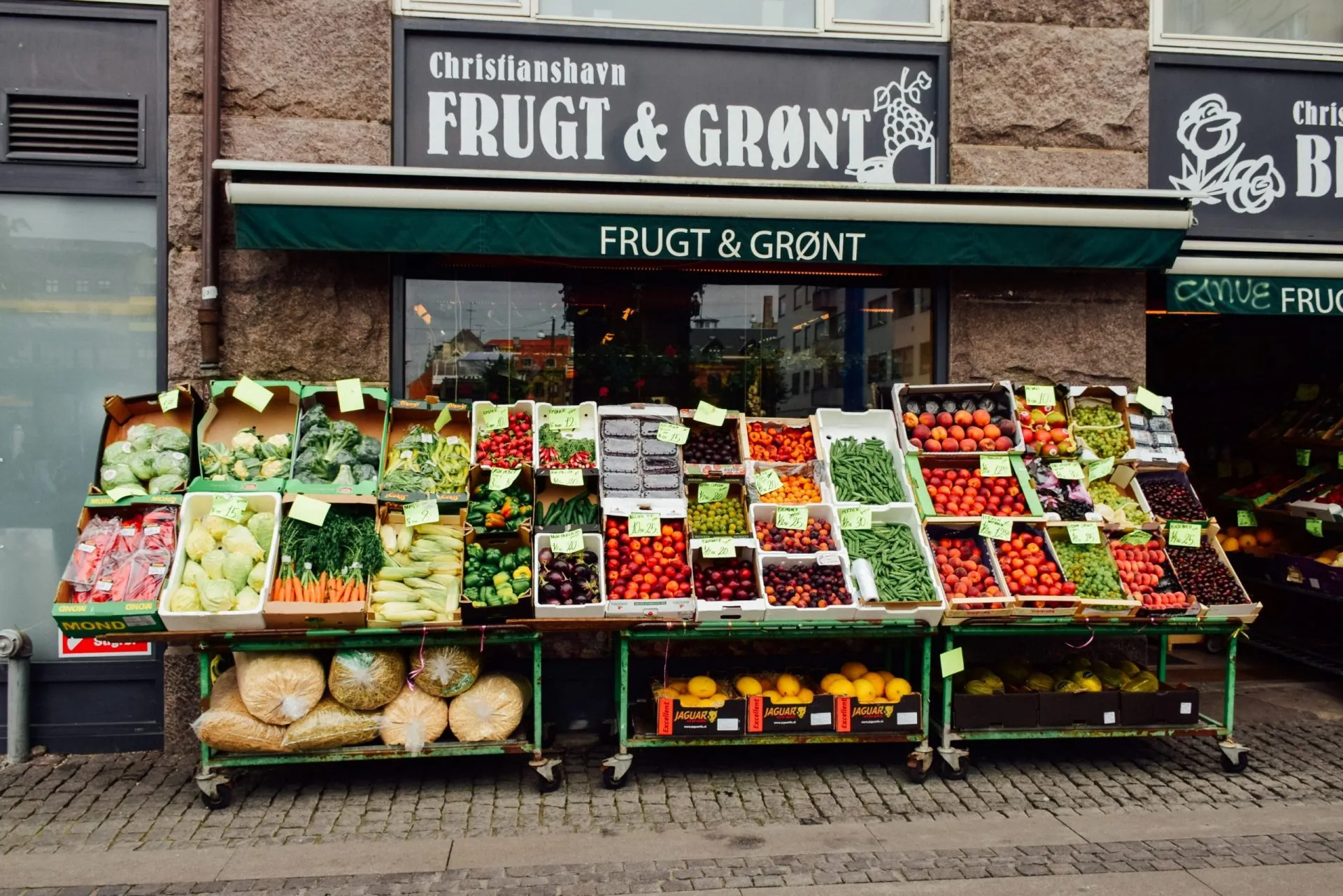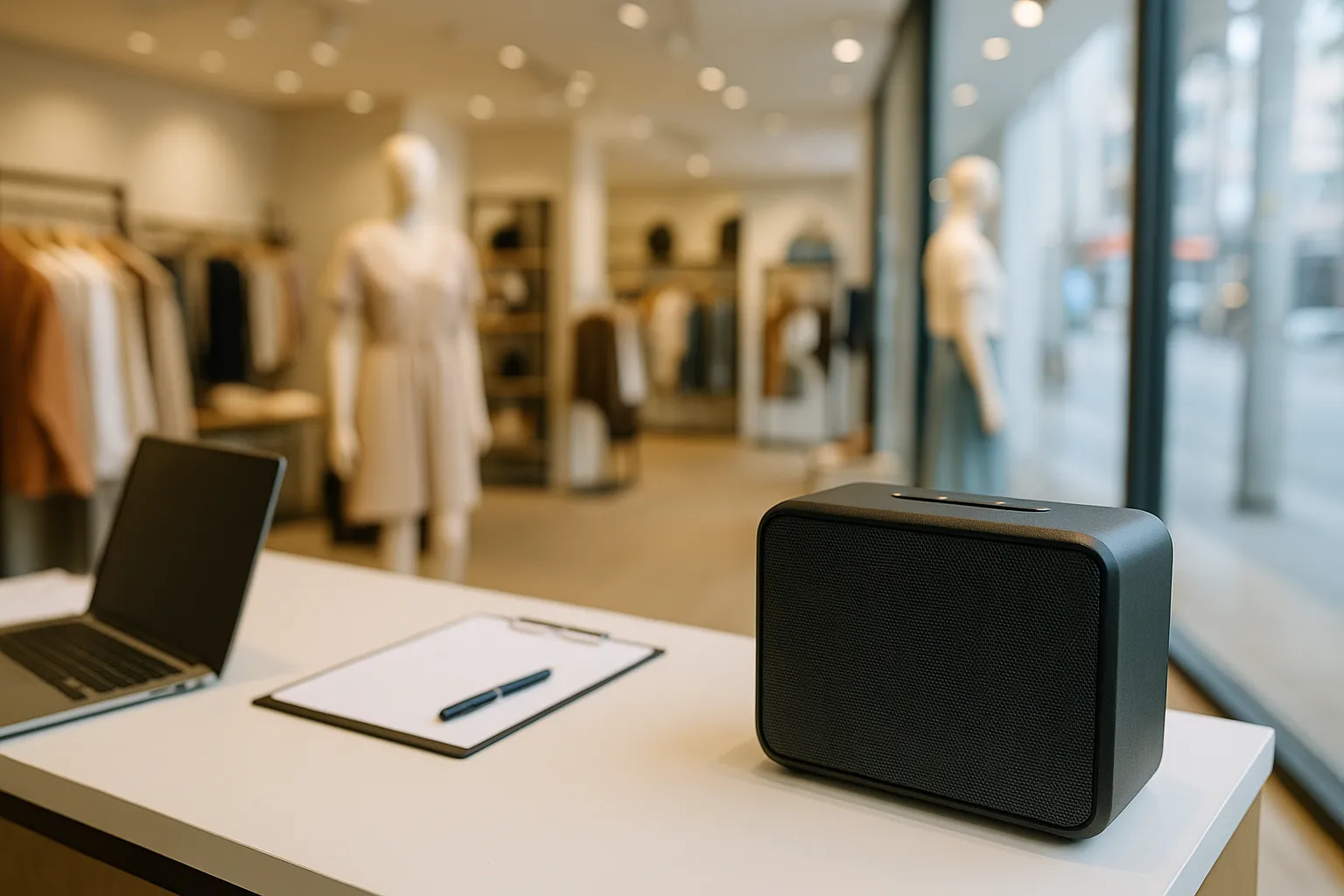Background music for supermarkets is a key element in creating a pleasant atmosphere and boosting sales.
But how do you choose the most suitable in-store playlist and ads for your store? In this article, we’ll give you some practical tips based on studies and research in the field of sound marketing.
Why background music for supermarkets is important
Background music in supermarkets has several positive effects on both customers and staff. Among these, we can mention:
- Increases time spent in the store: suitable background music makes shopping more enjoyable and relaxing, encouraging customers to stay longer in various departments and increase the number of products purchased.
- Influences purchasing behavior: background music in supermarkets can influence customers’ choices based on type, rhythm, volume, and tone. For example, slow and soft music can lead to purchasing more expensive and higher-quality products, while fast and cheerful music can encourage buying cheaper and fun products.
- Improves store and brand image: background music for supermarkets helps create a distinctive and recognizable sound identity that conveys the values and personality of the brand. This way, customers feel more connected and loyal to the store.
- Increases staff satisfaction: background music for supermarkets can improve the working atmosphere and staff motivation, reducing stress and increasing productivity. Additionally, staff can interact better with customers, offering more friendly and professional service.
How to choose background music for supermarkets
To choose the most suitable background music for supermarkets, several factors must be considered:
- The target audience: background music for supermarkets must align with the characteristics and preferences of typical customers, such as age, gender, lifestyle, purchasing power, etc. For example, if the target audience is young urban people, you can opt for modern and dynamic music, while if the target consists of families with children, you can choose fun and colorful music.
- The context: background music for supermarkets must be suitable for the shopping context, such as time of day, day of the week, season, holidays, etc. For example, if shopping takes place early in the morning or late at night, you can opt for calm and relaxing music, while if shopping occurs during the weekend or holidays, lively and festive music might be better suited.
- The layout: background music for supermarkets must match the store’s layout, such as size, arrangement, lighting, colors, etc. For example, if the store is large and bright, you might choose expansive and bright music, whereas if the store is small and cozy, intimate and warm music would be more appropriate.
You can also read the article we’ve dedicated to the relationship between music and consumer behavior.
How to use in-store radio ads to promote flyers and offers
In-store radio ads are commercial announcements broadcasted inside stores, aiming to promote flyers and offers. This is a very effective tool for communicating with customers directly and persuasively. However, to achieve the best results, some fundamental rules must be followed:
- Choose the right frequency: in-store radio ads shouldn’t be too frequent or too rare. The ideal frequency is around one ad every 15-20 minutes, the time needed to reach the largest number of customers without tiring or annoying them.
- Use clear and direct language: in-store radio ads should be easy to understand and remember. For this reason, simple and concrete words should be used, avoiding technical or abstract terms. Moreover, sentences should be short and punchy, with a logical and coherent structure.
- Spark interest and curiosity: in-store radio ads should grab customers’ attention and arouse their curiosity to learn more. To achieve this, questions, surprising statements, or meaningful statistics can be used. Additionally, creating an emotional connection with customers using positive and engaging words is crucial.
- Include a call to action: in-store radio ads should encourage customers to take a specific action, such as visiting a department, asking for information, or taking advantage of a promotion. For this reason, an imperative sentence should be included, clearly indicating what to do and why to do it. Moreover, creating a sense of urgency or opportunity using words like “now”, “immediately”, or “only for today” is recommended.
Why choose Moosbox for in-store background music and radio ads for supermarkets
Moosbox is an innovative solution that allows you to create and manage your personalized in-store radio. With Moosbox, you can:
- Choose from thousands of songs covered by copyright, without having to pay licenses to any other copyright management organization. This way, you can save on costs and offer your customers music that’s different from the mainstream.
- Create in-store radio ads with your smartphone or tablet, using your voice or that of a professional speaker. This way, you can update your ads in real-time and adapt them to your needs.
- Schedule the broadcast of background music and in-store radio ads based on the day, time, and department. This way, you can optimize the impact of your messages and reach your target audience.
- Monitor the results of background music and in-store radio ads with an advanced analytics system. This way, you can measure the effectiveness of your campaigns and make the necessary adjustments.
Moosbox is the ideal solution for those who want to harness the power of in-store radio to increase sales, loyalty, and customer satisfaction. If you want to learn more, visit our website or contact us for a free trial. Moosbox is part of a Group that has been doing in-store radio for over 25 years in 27 countries worldwide and guarantees legality and fair compensation to artists: choose the background music for shops, supermarkets, and commercial activities that makes a difference.




